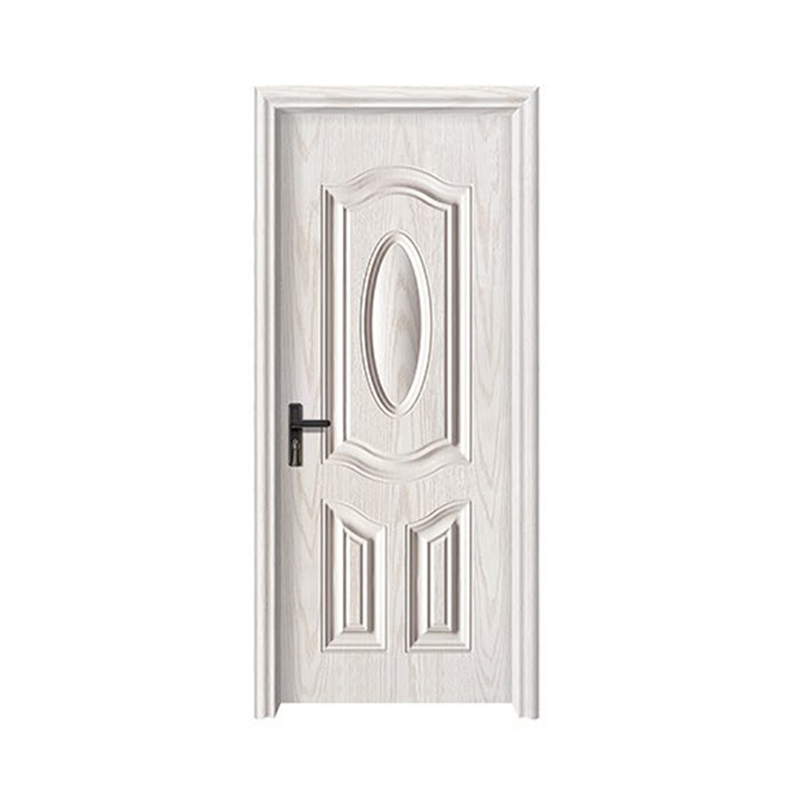News
WPC Doors Revolutionizing Bathroom Design And Beyond
In recent years, the world has witnessed a significant shift towards eco-friendly and sustainable practices across various industries. In the realm of interior design, this shift is exemplified by the rising popularity of WPC doors (Wood-Plastic Composite doors). These innovative doors have emerged as a viable alternative to traditional wooden and PVC doors due to their remarkable durability, environmental friendliness, and versatility. This article explores the many advantages of WPC doors, focusing specifically on their transformative impact in bathroom design.
Understanding WPC Doors
WPC doors are manufactured by combining wood fibers or sawdust with thermoplastic resins, resulting in a composite material that possesses the natural appeal of wood and the resilience of plastic. This unique combination makes WPC doors highly resistant to moisture, decay, and termite attacks, making them an ideal choice for bathroom applications where humidity levels are relatively high.
Advantages of WPC Bathroom Doors
2.1. Water and Moisture Resistance
Traditional wooden doors are susceptible to warping and swelling when exposed to moisture, leading to frequent maintenance requirements. WPC bathroom doors, however, boast exceptional water resistance, ensuring that they maintain their shape and appearance even in the damp and humid bathroom environment.
2.2. Durability and Longevity
WPC doors exhibit remarkable strength and longevity, far surpassing conventional wooden doors. Their resistance to rot and decay allows them to retain their structural integrity for an extended period, making them a cost-effective investment for homeowners and businesses alike.
2.3. Eco-Friendly Choice
The composition of WPC doors includes recycled wood fibers and recyclable plastics, contributing to reducing environmental impact. As the world becomes increasingly conscious of sustainable living practices, WPC bathroom doors present a compelling solution to eco-conscious consumers seeking greener alternatives.
2.4. Design Versatility
One of the most enticing features of WPC doors is their design versatility. Manufacturers can create an array of patterns, textures, and colors, enabling homeowners and designers to choose doors that complement their bathroom aesthetics seamlessly.
Enhancing Bathroom Aesthetics
WPC bathroom doors have revolutionized bathroom design by providing an eco-friendly and aesthetically pleasing option. They can emulate the appearance of various wood species, providing a warm and inviting ambiance to the bathroom space. Additionally, the design flexibility of WPC doors enables the integration of intricate patterns or minimalist styles, catering to diverse design preferences.
Maintenance and Care
Maintaining WPC bathroom doors is remarkably hassle-free. Unlike wooden doors that require periodic polishing and sealing, WPC doors only need occasional cleaning with a mild detergent and water. This low-maintenance feature appeals to busy homeowners and commercial establishments seeking practical and attractive solutions.
Sustainable Building Practices
In the broader context of sustainable building practices, WPC doors play a crucial role in promoting a greener construction industry. By utilizing recycled materials and minimizing the reliance on natural resources, these doors contribute to reducing carbon footprints and conserving forests, ultimately fostering a healthier planet.
WPC doors have emerged as a game-changer in the realm of interior design, especially in bathroom applications. Their exceptional water resistance, durability, eco-friendliness, and design versatility make them an ideal choice for homeowners and businesses seeking long-lasting, visually appealing, and sustainable door solutions. As the world continues to prioritize environmental responsibility, WPC bathroom doors pave the way for a more sustainable and aesthetically pleasing future in interior design and construction.

 English
English عربى
عربى 中文简体
中文简体




